Descripción
La Biología Celular y Molecular de Karp ofrece una narración concisa e ilustrativa que ayuda a los estudiantes a conectar los conceptos clave y la experimentación, para que comprendan mejor cómo sabemos lo que sabemos en el mundo de la biología celular.
Este texto clásico explora los conceptos básicos con considerable profundidad, añadiendo a menudo detalles experimentales. Está escrito con un estilo atractivo y de longitud media, para ayudar a los estudiantes a manejar la plétora de detalles que se encuentran en el curso de Biología Celular.
La 9ª edición incluye dos nuevas secciones y una evaluación asociada en cada capítulo que muestran la relevancia de los conceptos clave de la biología celular para la biología celular vegetal y la bioingeniería.
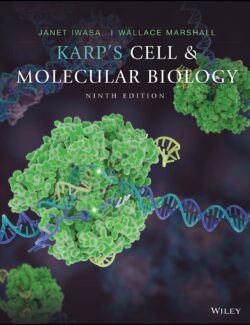


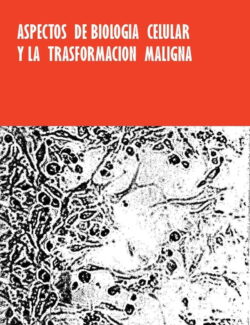
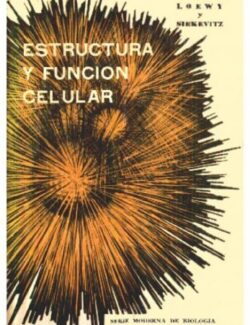
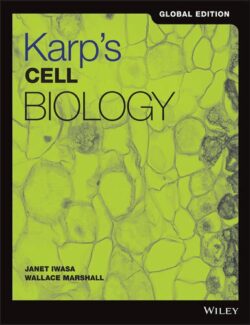



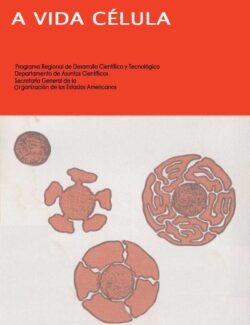



Déjanos un comentario
No hay comentarios